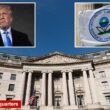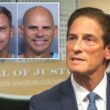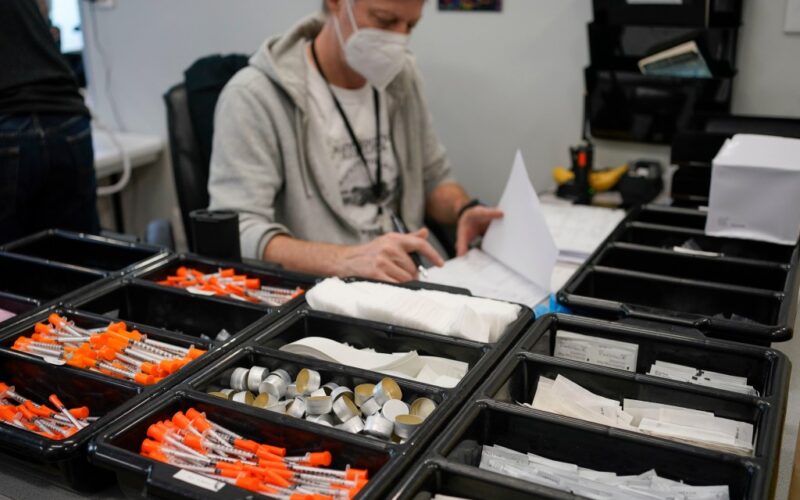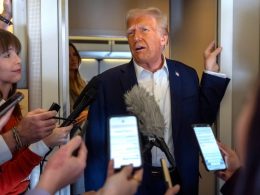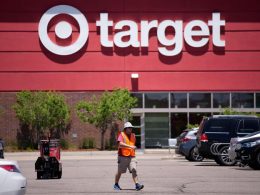As the city keeps receiving its share of the funds from hard-fought settlements with opioid manufacturers, marketers, and peddlers — projected to grow to at least half a billion dollars by 2040 — we’re pleased that it’s looking at a broader array of community groups, including harm reduction initiatives like needle exchanges.
It’s a recognition that this is an issue which demands a range of approaches. Our support of the overdose prevention centers and the broader goal of harm reduction certainly doesn’t signify that we think an all-harm-reduction policy is the way to go. The significant funding for medication-assisted treatment and services at other points of service including hospital emergency rooms are a good investment, as are other efforts around community education, social and wraparound services and so on.
The unqualified nominee to lead the United States Department of Health and Human Services, Bobby Kennedy Jr., was a heroin addict for years. He was lucky, with a lot of money and effort, to finally get clean, but his brother David died of an overdose in 1984. And to this day, too many others also OD.
Once more, we must point out that there is a single type of program that has proven so far 100% effective at its core goals of saving lives over decades of activity, and that’s overdose prevention centers. The two run by the nonprofit provider OnPoint in Upper Manhattan could always use a little extra funding, but have been consistently denied on the basis that this approach is technically federally illegal, though this didn’t stop the state’s embrace of, for example, a cannabis market.
OnPoint is receiving funding for some of its other in-house services, like treatment plans, which it provides to the clients that come in the door for its overdose prevention functions. We can live with that, though we really wish the state would stop beating around the bush and give these programs some formal sanction.
This would also help the nonprofit attract private and foundation funding from entities that are a little skittish about its legal footing, and help more such centers open around the city. Yes, former Manhattan U.S. Attorney Damian Williams made a threat against the group a while back, but he’s gone now and the feds should focus on real crimes and pursue the dealers and traffickers instead of the poor addicts.
What law enforcement does, the overdose epidemic marches on, with New Yorkers dying preventable deaths out of a combination of social factors, the tainting of the drug supply with potent synthetic opioids like fentanyl, and what has often been a lack of available treatment and support.
A lot of investments made by the city and state can be traced pretty directly to public benefit, but there’s rarely as clear a nexus between the smart investments made here and lives saved from the churn of a runaway epidemic, one which was to a large extent manufactured by drug companies that are now being made to pay. These funds aren’t recurring, and we have to get it right.

